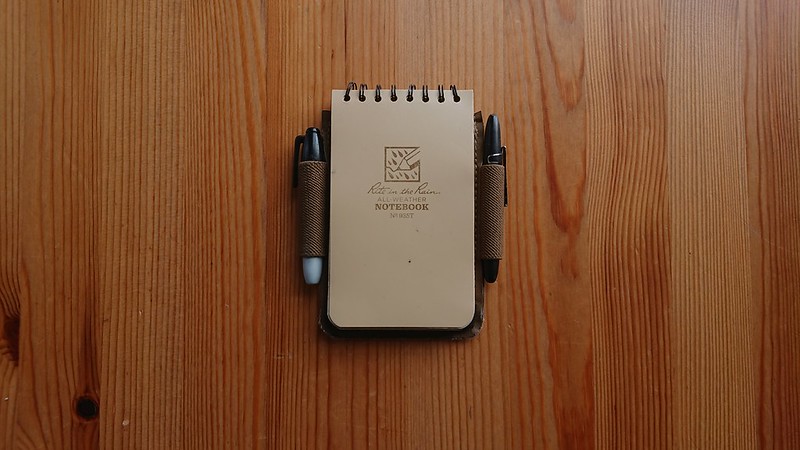Recent Inks
Goulet Pens will sell you sample vials of ink. I took advantage of this to expand beyond my long-time staple of Noodler’s 19001 Black, without ending up with a bunch of full bottles I wasn’t going to use. Mostly I was looking for a blue. I came out the other side with two new favorites – neither of which are really blue.
Noodler’s 19808 Heart of Darkness is more black than black. It’s like, how much more black could this be? And the answer is none. None more black. It also dries relatively quickly, and writes well on the cheap paper one often encounters out and about in the world.
Noodler’s 19040 Air Corp Blue-Black isn’t really much of a blue-black. It is more of a teal-black. It’s a really pretty shade, and unique, but still subtle enough that it can be used anyplace there aren’t strict color requirements. This one also dries relatively quickly, and writes well on the vulgar paper of the unrefined. This ink loaded in my Pilot Vanishing Point is my daily writer now.
Working through all these sample vials over the last few months also caused me to move away from piston converter cartridges. I now just use standard cartridges, and refill them with a syringe and needle. This ends up being quicker, cleaner, and less hassle. It also means I can use the last little bit of ink in the container, without buying a snorkel.










